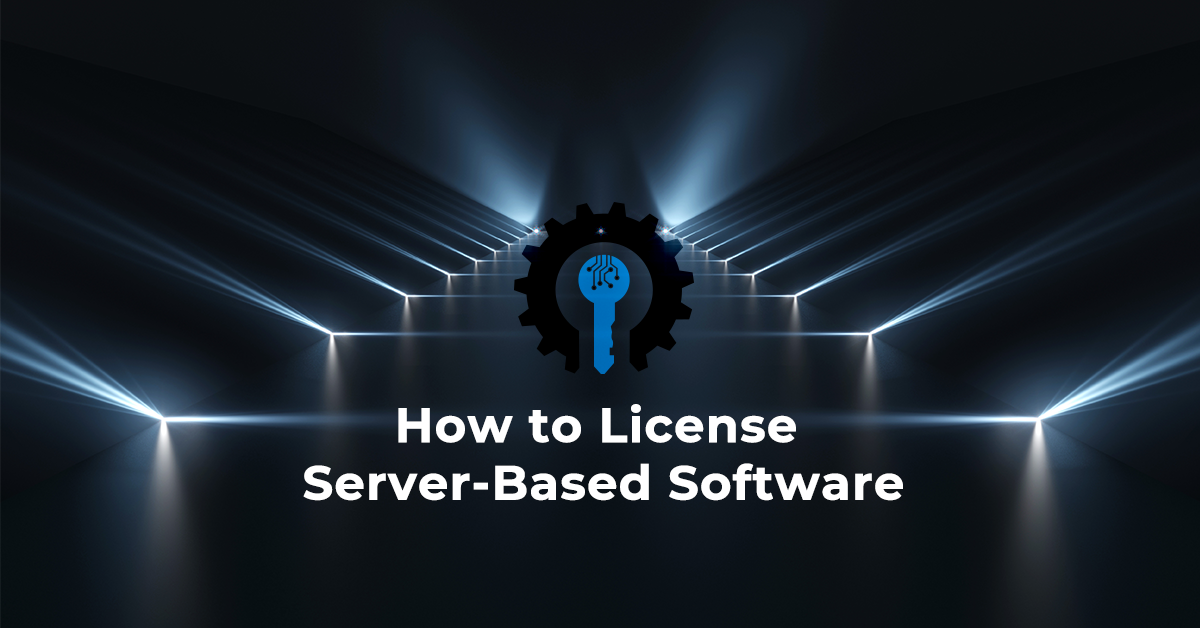Reprise Software Blog – Your Hub for Licensing Solutions Insights
Stay informed about our products including Reprise License Manager (RLM), RLM Cloud, and Activation Pro.
Learn from our customer success stories, understand the intricacies of different licensing models, and keep up with our ongoing service upgrades.
July 24, 2024

July 24, 2024
We are thrilled to announce that Reprise License Manager (RLM) has once again been recognized for its excellence, this time as a Summer 2024 Category Leader by SourceForge, the world’s largest software reviews and comparison website. This prestigious recognition comes on the heels of our Spring 2024 Leader Award, marking
July 17, 2024

July 17, 2024
Software licensing can be complex, but understanding different models can help organizations manage their resources more effectively. This guide focuses on floating licensing, a flexible approach that can optimize software usage and reduce costs for many businesses. What is a Floating License? A floating software license model, also
July 1, 2024

July 1, 2024
From the integration of generative AI to the rise of SaaS and cloud-based licensing solutions, continue reading to explore the five key tech trends that are shaping the future of software licensing in 2024. The rapid pace of technological advancements is challenging traditional software licensing models, forcing the industry
June 11, 2024

June 11, 2024
Managing and distributing software licenses can be challenging. But with the right tools and guidance, it can become a streamlined part of your distribution process. This comprehensive guide will walk you through how to create software licenses with Reprise and direct you towards the rich resources available on the documentation
May 14, 2024

May 14, 2024
The latest major release of RLM is finally here! Version 16.0 brings an all new web interface with many enhancements over the previous interface, and fixes multiple vulnerabilities related to the web interface. New Features Include: All-new Redesigned UI/UX Most server functions now available directly from home page.
December 27, 2019

December 27, 2019
On rare occasions, an activation request will get a read timeout status return (-105). There are several causes to the RLM_EH_NET_RERR (-105) error. If you can activate from some systems, then the first cause (server down) is unlikely. More likely is that there is either a proxy/firewall/anti-virus package
December 27, 2019

December 27, 2019
Environment variables are flags that you set outside an application that the application reacts to. Applications and libraries like RLM read environment variables that they define. Some RLM environment variables are RLM_ACT_TIMEOUT (adjusts the timeout to the activation server to the value supplied), RLM_QUEUE (enables queueing for a license), and
October 9, 2019

October 9, 2019

Software License Manager
As a Software publisher, you integrate RLM into your product, and RLM keeps track at runtime of who is using the licenses of your software.
RLM can do this entirely within the client library (linked into your application), or, more commonly, your application makes a request of the RLM Lincese Server to check out a license.
The lincese server runs either on your customers network, or in the cloud if you are using our RLMCloud™ service.

Activation Pro is
used once when your customer purchases your software in order to retrieve the license which is specific to that customer.
Software Activation’s purpose in life is to get the licenses for your product to your customers with a minimum of fuss.
Activation Pro also has a server component wich we call the activation server.
Your application contacts the activation server and supplies a short text activation key, and in exchange, the activation server returns the license which enables your product.
Generally, this is done once, right after your customer purchases your software, not every time your software is invoked.